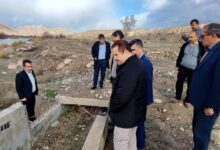Qeshm mosques, the glory of Islamic architecture, a capacity for the development of religious tourism

The existence of historical mosques with unique Islamic architecture with native and tropical designs and maps of the southern regions of the country has turned Qeshm Island, the land of water and sun, into one of the poles of religious tourism, which should take more advantage of this capacity in the tourism industry.
In proportion to its size, Qeshm Island has the largest number of mosques in Iran, so that more than 200 small and large mosques of various dimensions and shapes have been built throughout this vast island, which are very important in the social and spiritual life of the islanders, besides They have turquoise waters of the Persian Gulf.
The people of Qeshm Island, as religious people, pay special attention to the mosque and Shari’a rules and strictly adhere to the implementation of religious rules and obligations. (PBUH), they celebrate Qadr nights and 2 important Eids of Adha and Fitr in the mosques of this island.
Mosques and blessed places on this island, like other parts of the country, have had a special place and function in the history and customs of the people, and this function has made the precious mosques of the Persian Gulf always have great value as a holy place. They are considered a sight of Qeshm.
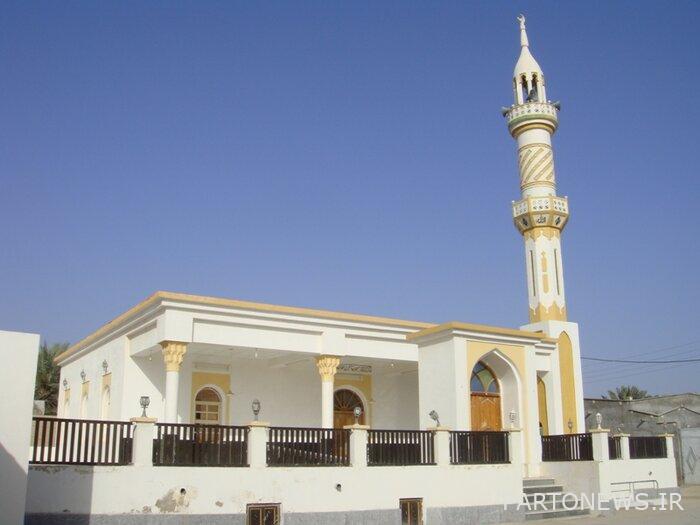
In the meantime, the traditional and local architecture of Qeshm Island mosques is very rich and has high capacities, and if this architecture is revived and developed, it can keep the identity of this island alive as a part of Iran’s identity.
In Qeshm, since the early years of the Hijri-Lunar period, there are mosques, the oldest of which is the “Sheikh Barkh” mosque in Kosheh village. This mosque was once destroyed by an earthquake, but it was rebuilt at the end of the third century. This mosque is believed to be the oldest Islamic building in Qeshm Island.
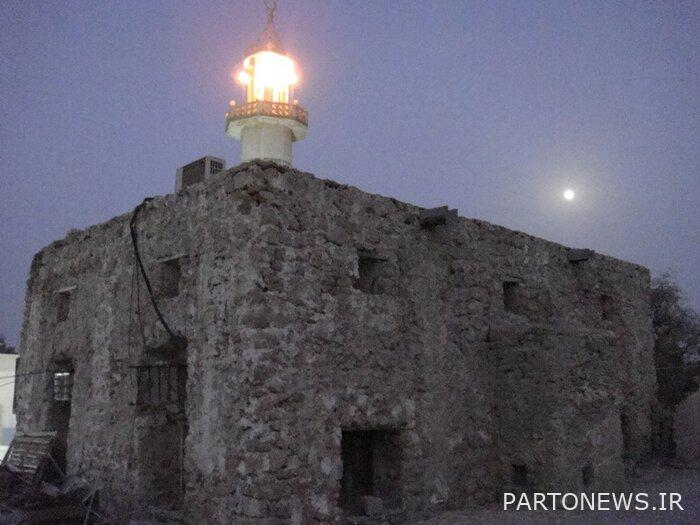
Among the other old mosques of Qeshm, the old Laft mosque is located on the coast of Lange, which has a certain simplicity, oldness and agelessness. Perhaps because of its greater accessibility and its simple and old plan, this mosque is used more daily in performing daily prayers, as well as its proximity to ancient historical monuments such as beautiful windmills, the location of this village on the sea coast, the existence of Naderi Castle, The Tel Av wells and the mangrove forest have given it an important and valuable role.
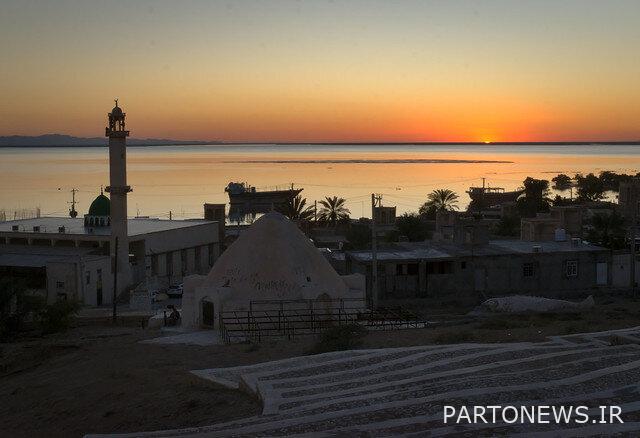
At sunrise and sunset, the old mosque of Laft, with its colors and spiritual sounds, shows the appropriateness and beauty of the architecture of southern Iran.
The design and character of Qeshm’s special mosques have a tropical identity and show a mixture of Iranian-Islamic architecture. The decorations of the minarets and countless (multiple) domes, which are mostly simple and without traditional architectural tiling, and the use of materials and coatings on the walls and columns all give these mosques a special identity that can be recognized at first glance.

Qeshm mosques also have other structural and architectural characteristics, including the absence of windbreaks and sometimes the removal of domes, having winter and summer sections, appropriate use of local materials and environmental harmony, as well as the lack of increasing decorations in the nave. And their building pointed out.
Qeshm mosques are scattered throughout the island; The mosques of Qeshm city, Jame Ramchah Mosque, Holer Jame Mosque, Tabal Mosque and Al Kamal Mosque in Salekh are among the famous mosques of the island, which need to be recognized and researched on their spiritual and social and diverse architectural features.
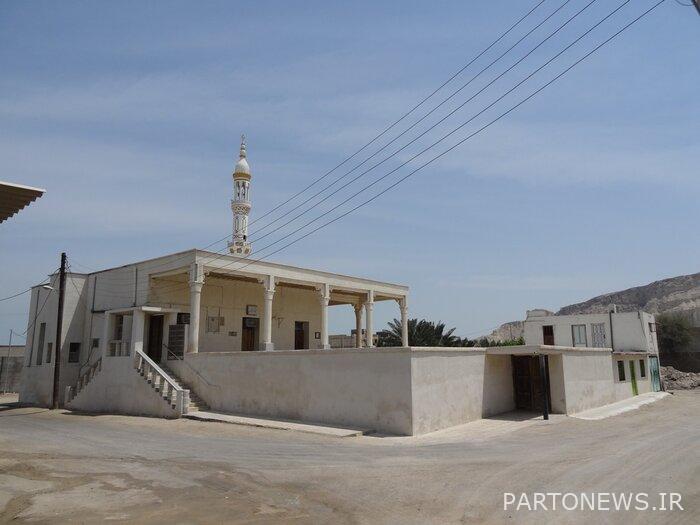
Among the famous mosques of Qeshm Island, which is located in Holer village, is Quba Mosque, which has its own beauty and splendor. The exceptional architecture and its colors, design and plan have made the Qoba Mosque shine like a jewel in the architecture of southern Iran.
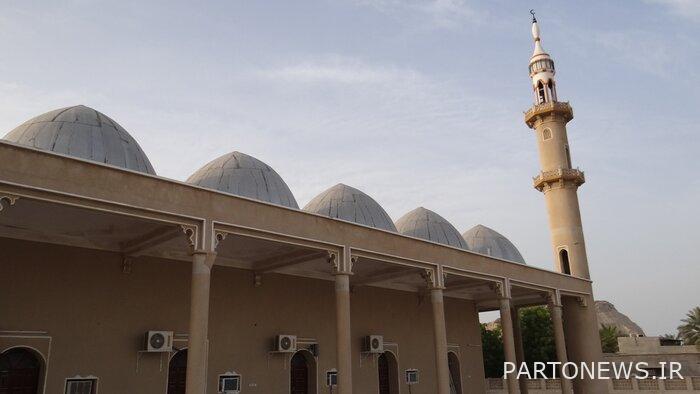
The many domes and the same size of the mosque are in accordance with its plan and design with the main building complex and its central area in a large square, it gives this mosque an enchanting splendor and dignity and doubles the spirituality that governs it. The main building of the mosque, like many mosques on Qeshm Island, has distanced itself from the foundation of the building and the surrounding space due to the difference in level.
On the lower level of the mosque courtyard, there is a water pond, inside of which there are stone chairs for ablution, where the worshipers sit in a circular area while doing ablution, and this adds a spiritual atmosphere to the space. It is one of the beauties of Quba Mosque.
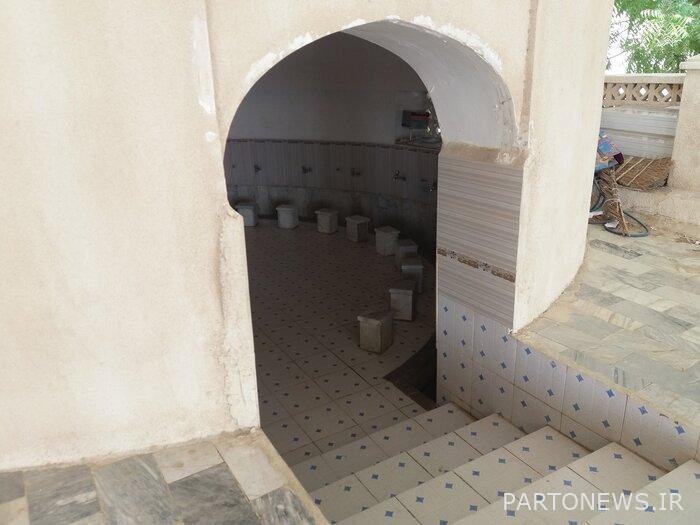
The earthquake of 115 AH on Qeshm Island caused the destruction of the mosque and the court of the Turan Shah Mosque in the Turian region, and the pulpit was buried under the ground.
After several years, this mosque and its court were excavated and the pulpit was taken out from under the soil and its fragments were placed in the Ramkan mosque, which is still in place. Hosseinieh Bandar Ba Saeed was also destroyed in this earthquake.
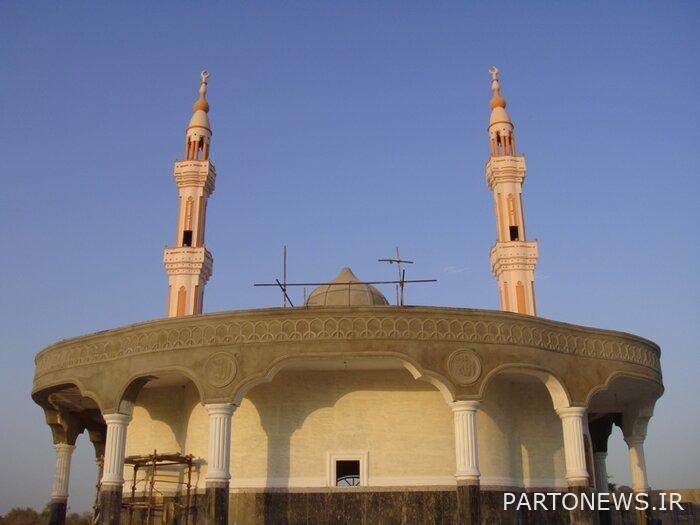
Qeshm mosques mostly follow the native and tropical design and plan of southern regions and have a combined appearance of Iranian-Islamic architectural characteristics. Authentic Iranian architecture and designs and motifs of the motherland architecture have been added to it.
In the architectural design of Ramchah Mosque, this transformation and integration of Iranian and native elements can be seen well. The use of a turquoise dome and Islamic motifs on it, a change in the color and type of materials (such as the use of tiling) are among the characteristics that give this mosque a unique identity.

The architecture of Ramchah Mosque is a mixture of the handiwork of Khosh-Qariha Isfahani artists and native Qeshm artists. The use of a single dome and tiling and decorations on the doors and under and on the dome indicate the influence of Iranian architecture in the native architecture of Qeshm.
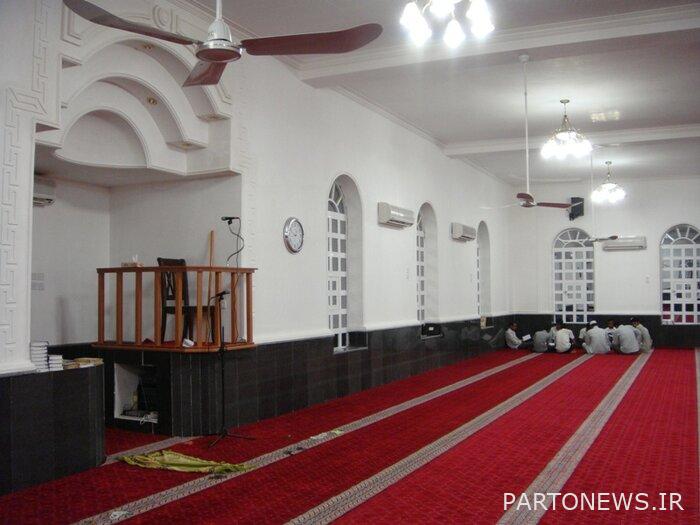
The mosque of Imam Hossein (peace be upon him) has 2 floors and four minarets and a brick facade decorated with tiles engraved with Quranic verses (the work of prominent Isfahani artists) is one of the other mosques in Qeshm, which has remarkable beauty and grandeur.
It should also be mentioned Al-Ghadir Mosque in Hamiri village, which is one of the prominent mosques of Qeshm and every year during the days of Muharram, especially Tasua and Ashura, it is the place to offer prayers to the Hosseini mourners, and from there the mourning processions cross the desert. Godar reaches Qeshm. Spiritually, this mosque has a special place among the religious people of Qeshm and is the place of their prayers and offerings.
Qeshm Island with an area of 1,500 square kilometers from the Strait of Hormuz, parallel to the south coast of Iran, is 135 kilometers long and 11 kilometers wide, and it has 300 kilometers of coastline.
Qeshm city includes Qeshm, Hengam and Lark islands with about 150,000 people, spread out from the Strait of Hormoz parallel to the coast of Hormozgan province, with a length of 150 km and an average width of 11 km, in the waters of the Persian Gulf.

